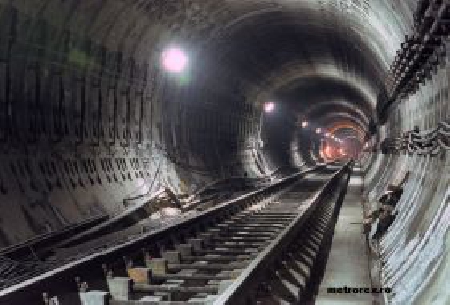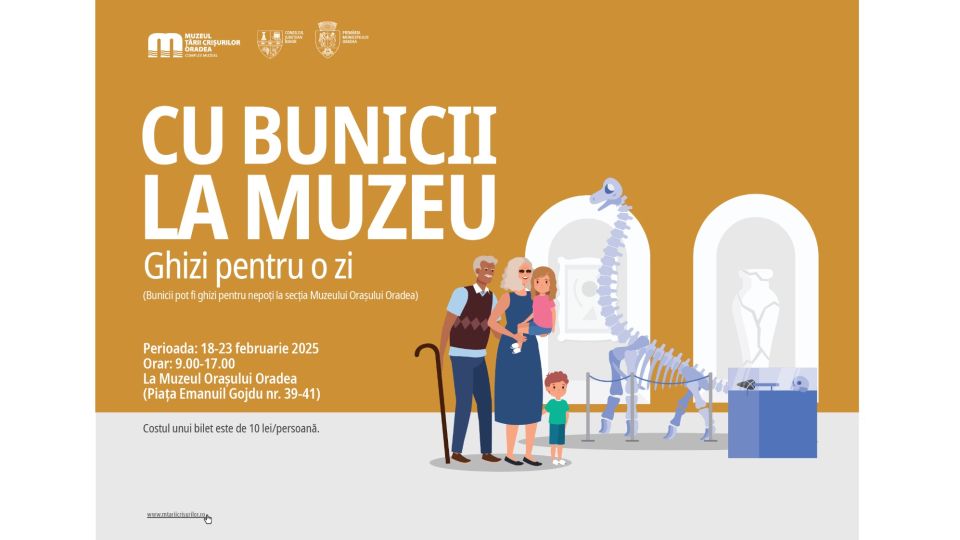Subway Construction Works Reveal Royal Wine Cellars in Drumul Taberei District in Bucharest
A 20-year old project seems to have built momentum and brought about the promise of a major urban change in Romania. A new subway section is currently under construction in Drumul Taberei, a heavily populated district lacking in transport connections to t

Eugen Cojocariu, 29.04.2012, 18:08
A 20-year old project seems to have built momentum and brought about the promise of a major urban change in Romania. A new subway section is currently under construction in Drumul Taberei, a heavily populated district lacking in transport connections to the city centre.
But today’s feature does not concern the subway section as such, but a ground-breaking archaeological find that will breathe new life into the neighbourhood. Gheorghe Udriste, the head of the Metrorex underground transport operator, gave us more details:
“Drumul Taberei is an area known for its historical vestiges and monuments, although it was unclear where exactly these vestiges were located. Surveys conducted before construction works start should be able to identify the location of these archaeological sites. Hundreds of years ago the area was home to a major vineyard. Evidence of this can be found in an old street called Vineyards Street. It is here that Tudor Vladimirescu’s army would stop over, as well as anyone tending to the vineyards or those who built the royal cellars. Prior to subway construction works around the Military Academy building, all traces leading to this network of underground buildings had been lost. Some two months ago, the construction team was consolidating the underground wall structure using special equipment. They were trying to preserve working conditions by applying an asphalt emulsion, which started seeping out. This alarmed the men, who were unaware of any concealed, unknown structure in the area”.
The authorities have been notified, archaeologists came in, took samples for further research and some photos of the darkest areas. Here is again Gheorghe Udriste.
“We went there and worked with archaeologists from the Bucharest History Museum, who told us what to do next. The first measure taken was to cease work and notify the authorities. We had to take photos of the room with a special camera and recover some of the bricks. We were allowed to continue digging and further our research on the historic importance of these places. We’ve met people who knew there was something in the area long before excavation began. I know of an old man who recollects playing inside these cellars as a child.”
Gheorghe Udriste, in charge of the building of the new subway section, enlarged on what he saw there:
“I saw a grotto and one or two vaults, part of a tunnel-like construction. I even saw when the interior was videod and several bricks were removed. The archeologist who visited the site said that, at first sight, the construction did not have historical relevance, given that its shape and structure are not very old. We did not find even one bottle of wine, but we will work with extreme care and make sure we conserve this site to the fullest. I think we could recover part of the discovered materials and put them on display in the subway station. And, since we’re talking about wine cellars, we could even set up a museum-like area that could even include wine tasting. This could enhance the value of the subway station. Future generations would thus be aware that there were vineyards and wine cellars here once.’’
Some identical cellars had recently been discovered some 500 meters from this site. They were emptied of all content and the owner of the plot turned the site into a restaurant. The first archeological investigations reveal that this is a wine-storing cellar that goes back to the age of Romanian revolutionary Tudor Vladimirescu. The cellar stands on the site where a subway station should have once been built.






























